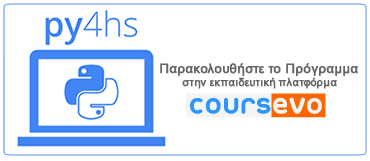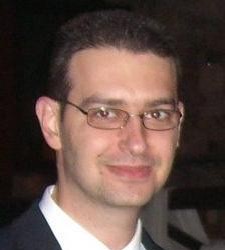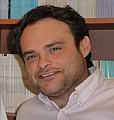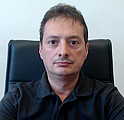
Training Program for Informatics Teachers
The objectives of the program for the participating teachers were based on three axes and are summarized as follows:
- Become acquainted with the basic features of Python, to the extent that allows them to use it to solve programming problems.
- Familiarise with the use of stand-alone examples for teaching programming and apply this teaching approach to practice.
- Work together and support each other in order to create local communities of practice (compunicipality of practice) that continue to exist after the end of the program.
The focal point of the program was that the participating teachers formed local groups based on their geographical distribution. This facilitated the organization of face-to-face meetings between members of the same geographical group, the collaborative conduct of actions for the implementation of the teaching material at a local level, and the formation of communities. The educational material used was orbited by self-contained examples (see about pythonies.mysch.gr). Their themes were drawn from real examples (usually games) that piqued the most interest. The process of solving them led to the deepening of basic programming concepts and facilitated the introduction to fundamental concepts of information technology. Thus, participating teachers came into contact with an alternative teaching proposal that was not based as usual on small focused exercises to consolidate programmatic concepts. The program had a purely practical and applied orientation. Participants did not attend presentations on Python but cultivated the desired skills by studying the educational material, solving exercises, and collaborating with each other. Then, they were asked to teach Python themselves, either within the classroom or in educational programming workshops outside school hours.
Structure of the Program
The program lasted 7 months, starting in September 2016, and was divided into three phases: (a) familiarity with Python, (b) practical application in the classroom and in code clubs, and (c) evaluation.
In the first phase (September - November 2016), the teams:
- Were gradually introduced to Python, studying the educational material and solving the accompanying exercises.
- Discussed the possible ways of using Python in school, within the framework of curricula, but also outside school, e.g., in educational programming workshops.
- Critically evaluated the educational material, predicted possible difficulties in its use in practice, suggested changes and improvements.
- Proposed new activities, exercises, and problems, compatible with the spirit governing the educational material, and critically evaluated the proposals of other groups.
- Explored how the process of solving a programming problem could facilitate the negotiation of key concepts of IT.
In the second phase (December 2016 - February 2017), the teams:
- Planned the actions they would implement with students.
- Used the teaching material they had used themselves in the previous phase and developed their own.
- Implemented the actions they designed, either within the classroom or in educational programming workshops outside school hours.
In the final phase (March 2017), the teachers critically evaluated the experience of participating in the program.
Each month, a modern remote session was held, in which participants presented, evaluated, and discussed, supported by the organizers. At intervals between sessions, participants were invited to study the educational material, evaluate it, modify it for their needs, or develop their own, resolve exercises, and actively participate in the program's educational platform.
Contract Info
Funding Programme:
CS4HS (GOOGLE PROGRAMME)
Period: 2016 - 2017
Lab Funding: €13K


